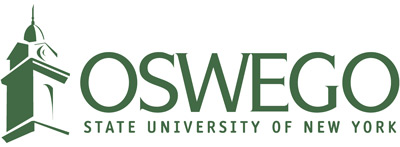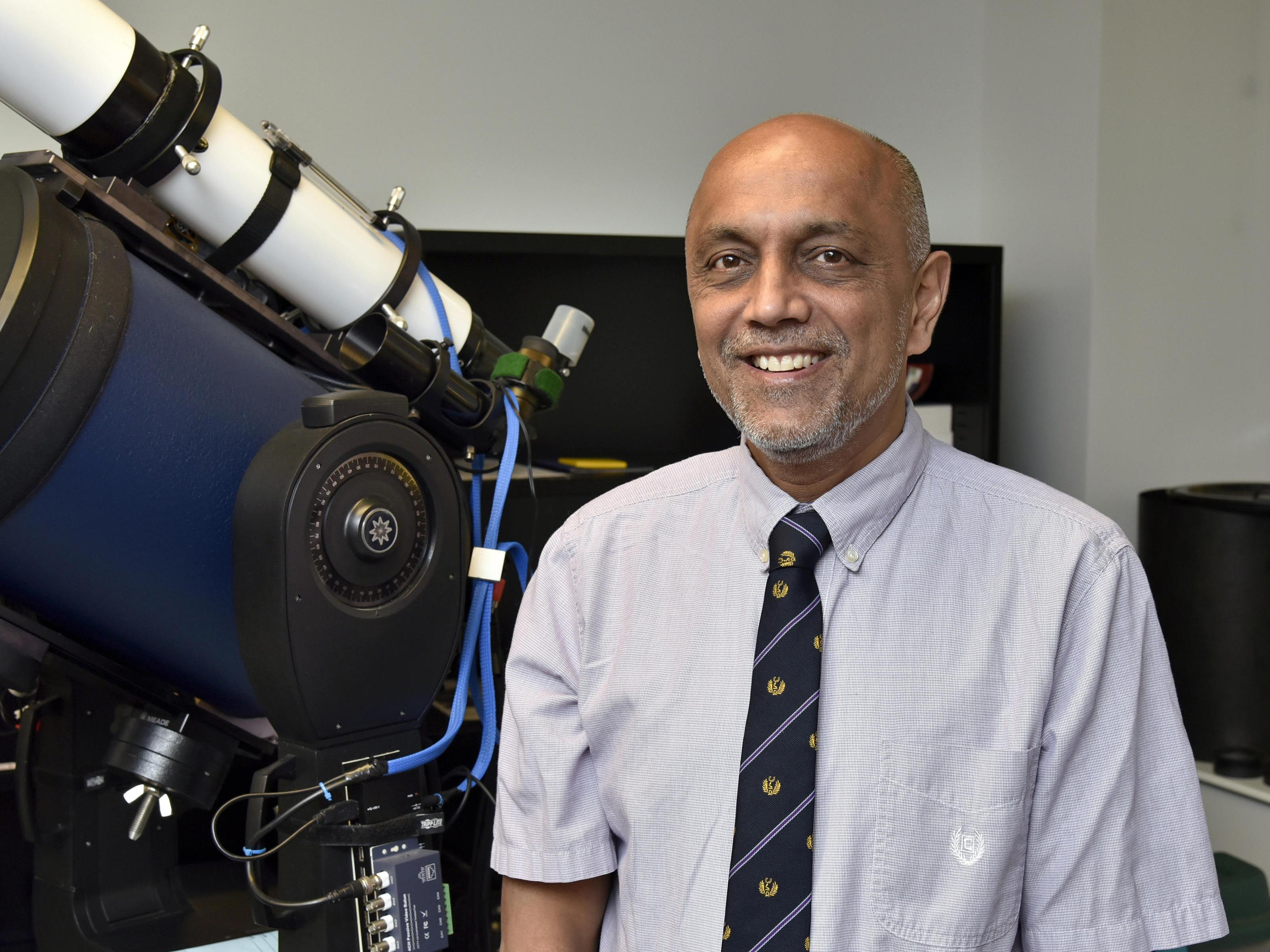For SUNY Oswego Distinguished Professor of Physics and Astronomy Shashi Kanbur, a two-year project will allow him and top scientists around the world to explore questions about the universe, while also working with some of his most accomplished former students.
Kanbur is part of an international team studying pulsating stars, which are key to understanding distances and timeframes for the universe, under a grant from the International Space Science Institute (ISSI).
Titled “EXploiting Precision AstroNomical Distance INdicators in the Gaia (EXPANDING) Universe,” the project is led by Anupam Bhardwaj, for whom Kanbur served as a Ph.D. advisor and is now a faculty member at the Inter-University Centre for Astronomy and Astrophysics (IUCAA).
Located in Pune, India, the IUCAA is “one of the world's leading research institutions in astronomy,” Kanbur said.
In addition to Bhardwaj, SUNY Oswego alumnus Earl Bellinger, now an assistant professor at Yale University, is another rising star on the team. “Earl and Anupam are world leaders in their respective areas,” Kanbur noted.
“Anupum collected a group of researchers and students from around the world, and some of them happen to be former students who are now postdocs and professors,” Kanbur said.
The early-career scientists on the team include Selim Kalici, a 2024 SUNY Oswego graduate now studying and researching with Bellinger at Yale University, and Susmita Das from Konkoly Observatory in Hungary, whom Kanbur has also mentored for many years.
The team researching the universe comes from all over the globe, including the Canary Islands, China, Germany, Hungary, India, Italy, Japan and the United States.
“The research projects all have to do with variable stars, with several different groups on the project studying various types of pulsation and theory,” Kanbur explained.
Exploring time and space
Galactic markers such as Cepheids and RR Lyrae -- period-variable stars whose pulsation allow an estimate of their distance from Earth -- drive research on the extragalactic distance scale and explore theories of how the Milky Way Galaxy formed. Research literally delves into solving questions about time and space.
“The grant provides funding for these researchers to get together at international workshops, and propose and work on various projects,” Kanbur said. “Our first gathering was in Beijing this January, and was very fruitful.”
That conference, gathering other faculty, students and researchers, also included Kanbur giving a presentation on Olber’s Paradox, or why the night sky appears dark.
The conference also led to Kanbur’s work on projects in Beijing and Japan in the coming months, as well as two SUNY Oswego students conducting related research this summer. “Hopefully, those will lead to something,” he said.
The collaborations are starting to develop into research papers, with “one under review, another one about to be submitted, but more in the pipeline,” Kanbur said.
Up next is an international conference in Pune in late November exploring various topics related to variable stars. “I’m on the scientific organizing committee for that,” Kanbur said. “Most of the people on the ISSI team will be there, but there will be lots of other researchers there too.”
Another workshop is on the horizon for Switzerland in 2026.
Kanbur is coming up on four decades of studying pulsating stars, a quest that began in 1986 and was the topic of his doctoral dissertation at the University of London. Bhardwaj was a first-year Ph.D. student at the University of Delhi in India when Kanbur met him through faculty member HP Singh while collaborating via the Indo-U.S. Science and Technology Forum.
It’s one of many examples of how, even while studying astronomical distances, passion and performance bring researchers closer together in meaningful ways.
“One of the pleasing things for me on a personal level is that a number of people there are my former students,” Kanbur said. “I’m very happy with that. And I’m happy that they are now taking the lead.”




